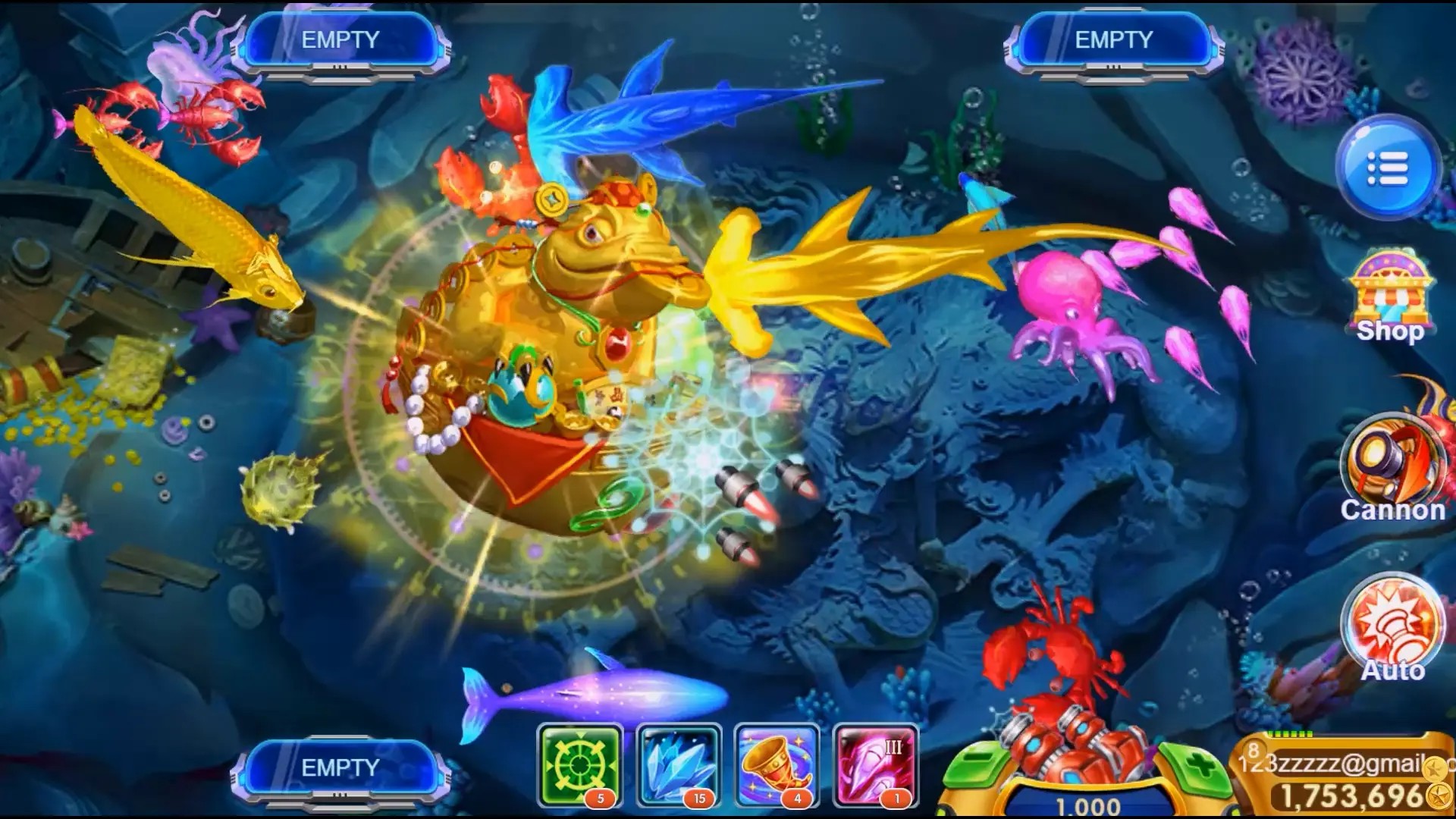How Sandbox Games Innovate Resource Management: A New Era of Interactive Gameplay
In the landscape of video games, sandbox games have carved out a unique niche. They invite players to explore, create, and innovate on their own terms. With a focus on resource management, these games have transformed traditional gaming mechanics into something remarkably engaging. How did this come to be? Sit tight as we take a thrilling journey through the dynamics of sandbox games and how they’re changing the way we think about resource management.
The Rise of Sandbox Games
Sandbox games have surged in popularity over the last few years. Players relish the freedom to manipulate their surroundings and make significant decisions. In these games, the conventional path is often replaced by creative exploration. Some notable examples include Minecraft, Terraria, and Roblox.
Resource Management: The Heart of Gameplay
Resource management is not just a feature; it’s a vital element that drives player engagement. Unlike linear story-driven titles, sandbox games require players to collect, allocate, and utilize resources judiciously. This presents a persistent challenge, enhancing the overall experience.
Innovative Mechanics of Resource Management
Sandbox games excel in adopting and innovating resource management systems. Here are a few ways they do this:
- Dynamic Resource Allocation: Players must constantly adapt their strategies based on fluctuating environments and challenges.
- Multi-layered Resource Systems: Different resources can have unique attributes and uses, encouraging players to experiment.
- Community and Trade: Many sandbox games incorporate multiplayer elements allowing players to trade resources, adding a social layer to management.
ASMR Doctor Game Online: A Unique Blend
ASMR (Autonomous Sensory Meridian Response) gaming is an emerging trend. The ASMR doctor game online combines soothing sounds with resource management. It’s fascinating how such games shore up the genre by adding a sensory layer. Not only are players tasked with managing resources, but they also experience a calming journey alongside.
Player Feedback: A Driving Force for Innovation
Player expectations have changed—feedback is vital. This two-way communication influences how developers design resource management in sandbox games. Players are no longer passive participants; their thoughts shape the entire gaming experience.
Case Study: Minecraft's Resource Management
Minecraft serves as a perfect case study. Its gameplay mechanics revolve around mining resources, crafting items, and building structures. Players must consider how to gather materials efficiently while also managing their inventory. The introduction of modifications (mods) further enhances the depth of resource management and player creativity.
Balancing Challenges: An Essential Element
Addictive gameplay lies in a balanced challenge. Sandbox games constantly tweak the difficulty of resource gathering to keep players engaged. Those who become experts must adapt to new challenges that emerge through updates or player-generated content.
Future Prospects: What Lies Ahead?
The future of sandbox games looks promising. With the expansion of virtual reality and augmented reality gaming, the potential for immersive resource management gameplay is exponential. Imagine managing a thriving farm or building a city in an entirely virtual space. Exciting, right?
Comparative Analysis: Traditional vs. Sandbox Resource Management Games
Let’s take a moment to see how sandbox games differ from traditional resources management games:
| Feature | Sandbox Games | Traditional Resource Management Games |
|---|---|---|
| Player Freedom | High | Low |
| Resource Dynamics | Dynamic & Experimental | Fixed & Predictable |
| Community Engagement | High | Limited |
| Creativity | Infinite | Bound by Rules |
Key Points to Remember
- The appeal of sandbox games lies in their open-ended nature and player agency.
- Resource management is increasingly dynamic, requiring players to adapt and innovate.
- The emergence of genres such as ASMR gaming reflects innovative player needs.
- Community feedback is shaping the future of sandbox game design.
Conclusion: Embracing the New Era
The evolution of sandbox games and resource management has created a vibrant new landscape for gamers. Their interactive and engaging nature not only enhances traditional gameplay elements but also fosters creativity and community collaboration. If you haven’t yet ventured into the world of sandbox games, now’s the perfect time! Who knows what treasures await you?



